The Cornel: Go Little Red!
It is always interesting to me how some fruits have been cultivated and prized since the earliest days of history, while others, growing in plain sight, were either long ignored or fell out of fashion.
The cornel, or cornelian cherry, belongs to this last group. Nearly every ancient writer on plants mentions it, as do all the great English texts of the sixteenth and seventeenth centuries. It was prized since ancient times not just for its fruit, but for its wood, which was used for the shafts of weapons (Ulysses, in Homer's Odyssey, has a spear of cornel wood...he also mentions the fruit being fed to pigs) and for its beautiful flowers. It also features in a number of myths, including an appearance as Satan's fruit in a tale of the Crimean Muslims. Today, while widely available at nurseries, it is used almost exclusively as an ornamental.
Despite the name, the cornelian cherry is not, in fact, a cherry, but rather a dogwood, belonging not to the genus Prunus, but Cornus. Its species name, mas, derives from masculata, which refers to the fact that the trees generally produce only male flowers for a good ten or fifteen years before bearing fruit. This particular trait may well account for its lack of widespread popularity as a fruit crop. Who wants to wait fifteen years before your orchard begins to produce?
The cornelian cherry is a small deciduous tree, native to southern Europe and west Asia. The flowers are brilliant yellow and tiny, but produced in such large numbers as to nearly blanket the tree during bloom. The fruit is a usually a bright red turning to a deeper maroon as it ripens (though yellow selections exist), about an inch or so long, and somewhat elongate. Many varieties will set huge crops. The fruit is rather tart and strongly flavored, and some people prefer it as preserves or jelly (I rather like it fresh, particularly when absolutely dead ripe, but I've had years of tasting bad fruit, so I may be less discriminating than most). Most wild types are self-fertile, but a few larger-fruited selections are self-sterile (I wonder about the ploidy on these). Even self-fertile trees will set a better crop if allowed to cross-pollinate with another plant. Once the long wait for fruit is over, the species has a long run: fruitful specimens over two hundred years old are known.
There's also a Japanese Cornelian Cherry, Cornus officinalis, which is very similar. Some taxonomists have questioned whether it is actually a separate species, or rather an ecotype of Cornus mas. I'm not familiar with it, but the consensus appears to be that it is the superior ornamental, but has less desirable fruit.
Most of the existing cultivars have been bred for their ornamental qualities, not fruit. Many are still propagated by seed, though this still poses the same problem the ancients faced, that being the delay in fruitfulness. Luckily, this can be avoid by grafting, which also allows clonal propagation. Only a very few named cultivars have been produced for fruit (though perfectly good unnamed selections abound). Like many unusual fruits, the bulk of breeding for these was done primarily in the former Soviet Union, which is reflected in the names of many of the cultivars: 'Red Star', 'Pioneer', and 'Russian'. Others include 'Elegant', 'Flava', 'Golden Glory', and 'Helen'.
Edible varieties (and by "edible" I mean bred for fruit...they're all edible) are not widely available, though they can be found at least a few places. Those wacky (and I mean that in the nicest way) sustainable living types over at Earthaven Eco-Village Useful Plants Nursery have three cultivars, while Sky Nursery has 'Red Star'. Pars Produce carries apparently unnamed red and yellow edible Persian selections, too. (These represent the results of Googling...I don't necessarily know much about these nurseries.) Many people have mentioned buying theirs from One Green World, and seem to have had good experiences, but their website is less than informative (though you might try requesting a catalog).
Appropriately enough, here is the Cornell cornel page.
Labels: cornelian cherries, cornels, Cornus


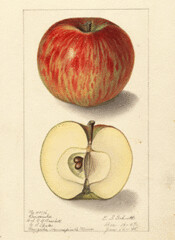
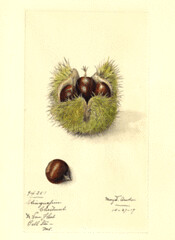
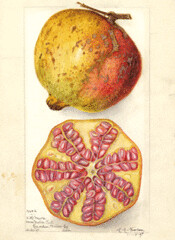
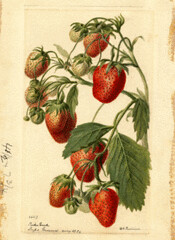
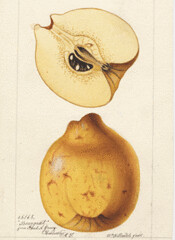



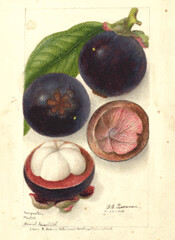
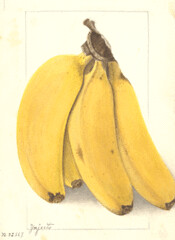

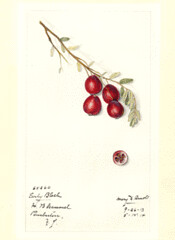
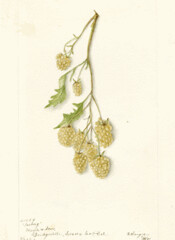
9 Comments:
Most informative and honest, thank you very much. Such a shame that I'll have to wait 15 years before savouring the fruit...I'll be 69 by then and living elsewhere, no doubt. Hey Ho.
I shall enjoy the blossom though.
paradisenursery.com is a great source of rare fruit trees
Great post after all !
SSC Result 2017
Chittagong Board SSC Result 2017
Madrasah board SSC Result 2017
educationboardresult
Great post after all !
SSC Result 2017
Chittagong Board SSC Result 2017
Madrasah board SSC Result 2017
educationboardresult
qzz0609
ray ban sunglasses
nike revolution
ugg outlet
keen shoes
hawks jerseys
nfl jerseys wholesale
brequet wathes
bape clothing
true religion outlet
prada handbags
www0702
air jordan 4
kevin durant shoes
gucci outlet
cartier jewelry
michael kors outlet
hermes birkin
carrera sunglasses
jordan shoes
coach outlet
dior outlet
qzz0723
harry winston jewelry
givenchy handbags
burberry outlet
swarovski crystal
adidas outlet
nike roshe one
bally shoes
chloe outlet
michael kors outlet
air jordan retro
jordan shoes
balenciaga speed
goyard handbags
adidas eqt
lacoste polo
cheap jordans
air jordans
fila shoes
foamposites
longchamp handbags
Heya! I’m at work browsing your blog from my new apple i-phone! Just wanted to say I love reading through your blog and look forward to all your posts! Keep up the superb work! herbsenroute
Post a Comment
<< Home